Sustainable living is a lifestyle that seeks to reduce our environmental footprint and conserve resources for future generations. This includes minimizing our waste, conserving energy, and living in harmony with nature. It is about finding ways to live a life that is better for both the environment and our own health. While it may seem daunting, sustainable living is not just about making drastic changes to our lifestyle. There are small steps that we can take each day to reduce our environmental impact and lead a more sustainable lifestyle.
Understanding Sustainable Living
Sustainable living is about more than just reducing our waste. It is about understanding our impact on the environment and making conscious decisions to reduce it. This includes the choices we make in what we consume and how we use resources, like energy and water. Sustainable living is also about reducing our reliance on non-renewable resources, such as fossil fuels. It is also about being mindful of how our actions affect our planet and its inhabitants.
Identifying Unsustainable Behaviors and Practices
Before we can make changes to our lifestyle to lead a more sustainable life, we need to identify the unsustainable behaviors and practices we are currently engaging in. Some of these may include:
- Driving long distances when other forms of transportation are available
- Buying items with excessive packaging
- Not turning off lights, electronics, and appliances when not in use
- Disposing of hazardous materials in the garbage
- Not recycling and composting
Changing Unsustainable Behaviors and Practices
Once we have identified our unsustainable behaviors and practices, it is time to start making changes. Here are some simple ways to reduce our environmental footprint:
- Choose to walk, bike, or take public transportation whenever possible
- Buy locally and in bulk to minimize packaging
- Use energy-efficient light bulbs and appliances
- Properly dispose of hazardous materials
- Recycle, compost, and reuse whenever possible
Technological Solutions for Sustainable Living
Technology, such as renewable energy sources, can play an important role in sustainable living. Solar panels, wind turbines, and other renewable energy sources can help reduce our reliance on non-renewable sources of energy and reduce our environmental footprint. Additionally, energy-efficient appliances can help us use less energy, and LED light bulbs can help us reduce our lighting costs.
Financial Incentives for Sustainable Living
Many governments offer incentives for people who choose to live a more sustainable lifestyle. These incentives can come in the form of tax credits, subsidies, and other financial incentives. Additionally, many utility companies offer discounts and other incentives for using renewable energy sources, such as solar panels or wind turbines.
Community Involvement for Sustainable Living
Sustainable living is not something that can be done alone. It requires collective action from individuals, businesses, and governments. By working together, we can create a better future for ourselves and the planet. Participating in community initiatives such as environmental cleanups, tree plantings, or energy efficiency workshops can help us make a difference and lead a more sustainable lifestyle.
Conclusion
Sustainable living is a lifestyle that seeks to reduce our environmental footprint and conserve resources for future generations. It is about understanding our impact on the environment and making conscious decisions to reduce it. There are simple steps that we can take each day to reduce our environmental impact and lead a more sustainable lifestyle. This includes changing our unsustainable behaviors and practices, utilizing technological solutions, taking advantage of financial incentives, and getting involved in our community. By working together, we can create a better future for ourselves and the planet.
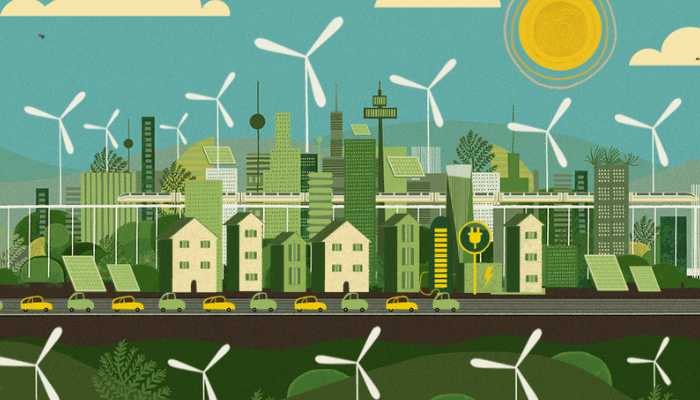






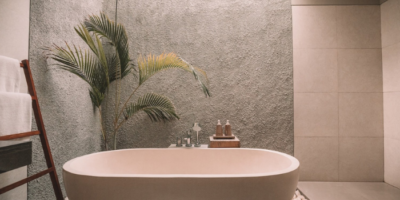
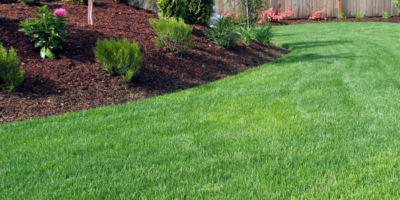
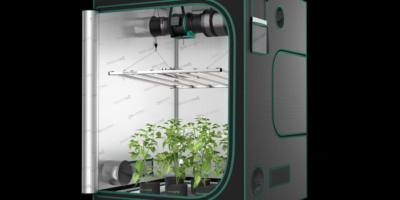

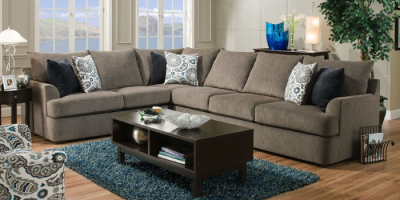









Comments